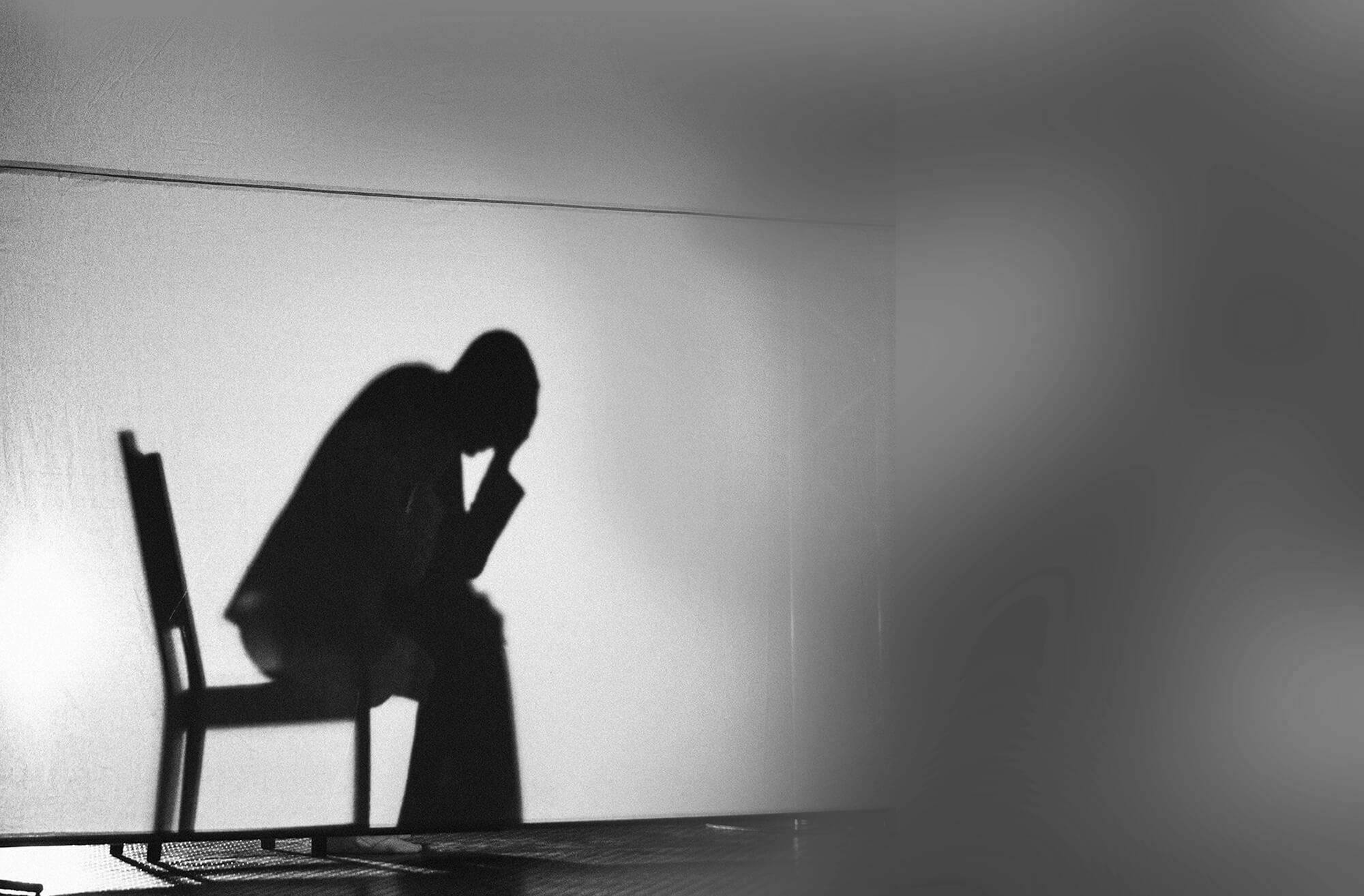
Finacial Abuse
The Case for Student Loan Justice: End Compounding Injustice,
Apply Fair Interest Now
For decades, student loan borrowers have been forced to navigate a system that would be considered illegal if applied to almost any other form of consumer debt. Among the most damaging practices is the relentless accumulation of interest that causes original loan balances to double, triple, or worse transforming manageable debts into lifelong financial burdens. Many borrowers can show clear proof, in black and white, of loans where interest alone accounts for half or more of the total balance, as shown in this article. These aren’t isolated cases, they are the rule, not the exception.
In one appalling case, a borrower was threatened with jail by a representative of the New York State loan department if they didn’t pay immediately. Following the call, the borrower was shocked to discover that one-third of the total debt had been added as a spite penalty during the call, a charge the Consumer Financial Protection Bureau later admitted should never have occurred. Yet no refund was ever issued. This isn’t just bureaucratic failure it’s sanctioned financial abuse.
Borrowers who fall behind are not only punished with growing balances, but are stripped of their tax refunds, federal benefits, and even Social Security, all without the protections typically required for debt collection. These are real stories, affecting real lives, and they paint a deeply unethical portrait of how student loan programs have operated. Make no mistake: the loan system of today is not what people signed up for 40 years ago. The defaults didn’t come from carelessness, they came because people simply couldn’t keep up with a system rigged against them.
While technically legal, the federal student loan structure is predatory in practice. Unlike mortgages or credit cards, these loans continue to accrue interest even during deferment and forbearance. Unpaid interest is capitalized added to the principal so borrowers pay interest on interest. The government can seize wages and tax refunds without a court order. And most shockingly, student loans are virtually non-dischargeable in bankruptcy. This toxic combination leads to borrowers who took out $5,000 or $10,000 in loans now owing $20,000 or more, not because they failed to try, but because the system was designed to profit from their struggle.
There is a path forward, and it begins with fairness. All loans should be recalculated using the same modest interest rates currently being offered to new borrowers under recent Trump proposals with rates around 0–5%, not the 6–9% figures that devastated earlier generations. The government must retroactively remove all previously capitalized interest and inflated accruals that never should have been applied in the first place. Loans should be reset to the original principal, adjusted with this new fair interest rate, and re-evaluated.
If a borrower would have already paid off the loan under these terms, they should be declared debt-free, no questions, no bureaucracy, just finality. If a borrower overpaid under the old system, no refund is required, the goal is not restitution, but closure. For those who still owe a balance, they can pay it off at the new fair rate, confident that the debt is legitimate and not bloated by decades of punitive interest.
The federal government is now introducing new repayment models and relief for current and future borrowers, a step in the right direction. But these programs do nothing for the millions of people already crushed by a system they trusted. Many of these borrowers were first-generation college students. They took out loans at a time when transparency was limited, income-based repayment didn’t exist, and economic crises hit hard. They were set up to fail.
Reforming the student loan system without addressing the injustices already done is not progress, it’s a two-tiered system that abandons the very people who bore the brunt of its failures. True reform means not only offering new terms going forward, but acknowledging and correcting the damage already inflicted. That starts by recalculating the debt, stripping away unjust interest, and offering borrowers a chance at the same fair terms now being promised to others.
The time to fix this is now, not with empty headlines, but with real accountability, real numbers, and a genuine effort to close a painful chapter in the lives of millions.
